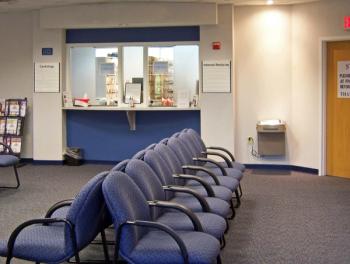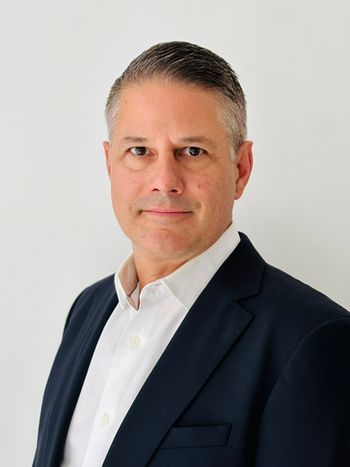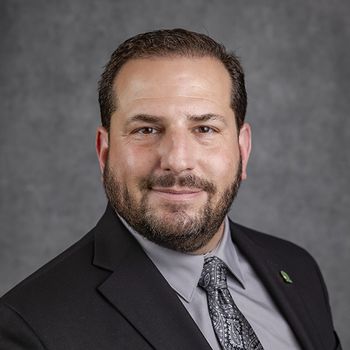
The economics of tobacco cessation: an overlooked resource in practice success
Your practice may be missing out on significant opportunities to improve net income by underperforming in tobacco cessation.
Many medical practices are moving away from fee for service towards accountable care models where members medical expenses are capitated. Regardless of where in the transition your medical group rests, you may be missing out on significant opportunities to improve net income by underperforming in tobacco cessation.
Employers value the excess medical expenses of smokers at approximately $2000 a year (1). If you estimate the prevalence of smoking in your patent population (2), you can calculate the excess practice medical expense attributable to tobacco.
In order to capture this expense your clinicians can advise patients to quit, prescribe medications to assist, and provide counselling themselves or by referral to local resources. A systems approach is recommended by the CDC (3) but most practices do not perform well. Only 7.5% of smokers quit each year and when they do, fewer than one third report use of medication or counseling. The data shows that there are innumerable missed opportunities to help your patients quit. How does your practice perform?
To examine practice effectiveness in tobacco cessation, look to your EMR and billing systems. Two CPT codes 99406 and 99407 (4). These codes are often not billed even when the service is provided. For many fee for services practices a systematic approach to documenting and billing tobacco cessation can generate substantial revenue stream that exceeds the cost of implementation. A calculator that encompasses reimbursement rates, prevalence and your patient visit volume to predict your revenue is available(5).
What would it cost to capture this value for your practice? Detailed approaches to adoption of systems change have been published (6,7) but the key elements are review of patient flow, alignment of EMRs to track performance and provide referrals to local quit lines, and staff training. The largest expense involved in tobacco cessation is medication, which is paid by the health insurer.
Medical group practices are encouraged to look closely at their approach to tobacco cessation. Additional insights and resources are available on my website.
Edward Anselm, MD, is Assistant Clinical Professor of Medicine, Icahn School of Medicine at Mount Sinai. You can read more of his writing at his website.
References
https://www.smokefreestjoe.org/smoking-costs-in-the-workplace/ ;https://www.theexprogram.com/resources/blog/smoking-and-health-care-costs-when-do-companies-see-savings/ Current Cigarette Smoking Among Adults in the United States | CDC Quitting Smoking Among Adults — United States, 2000–2015 | MMWR (cdc.gov) - 99406: Smoking and tobacco use cessation counseling visit; intermediate, greater than 3 minutes up to 10 minutes; 99407: Smoking and tobacco use cessation counseling visit; intensive, greater than 10 minutes.
- Go to the XL Worksheet
here to do the math for your practice. American Academy of Family Practice Office Champions The Million Heart Initiative
Newsletter
Stay informed and empowered with Medical Economics enewsletter, delivering expert insights, financial strategies, practice management tips and technology trends — tailored for today’s physicians.















